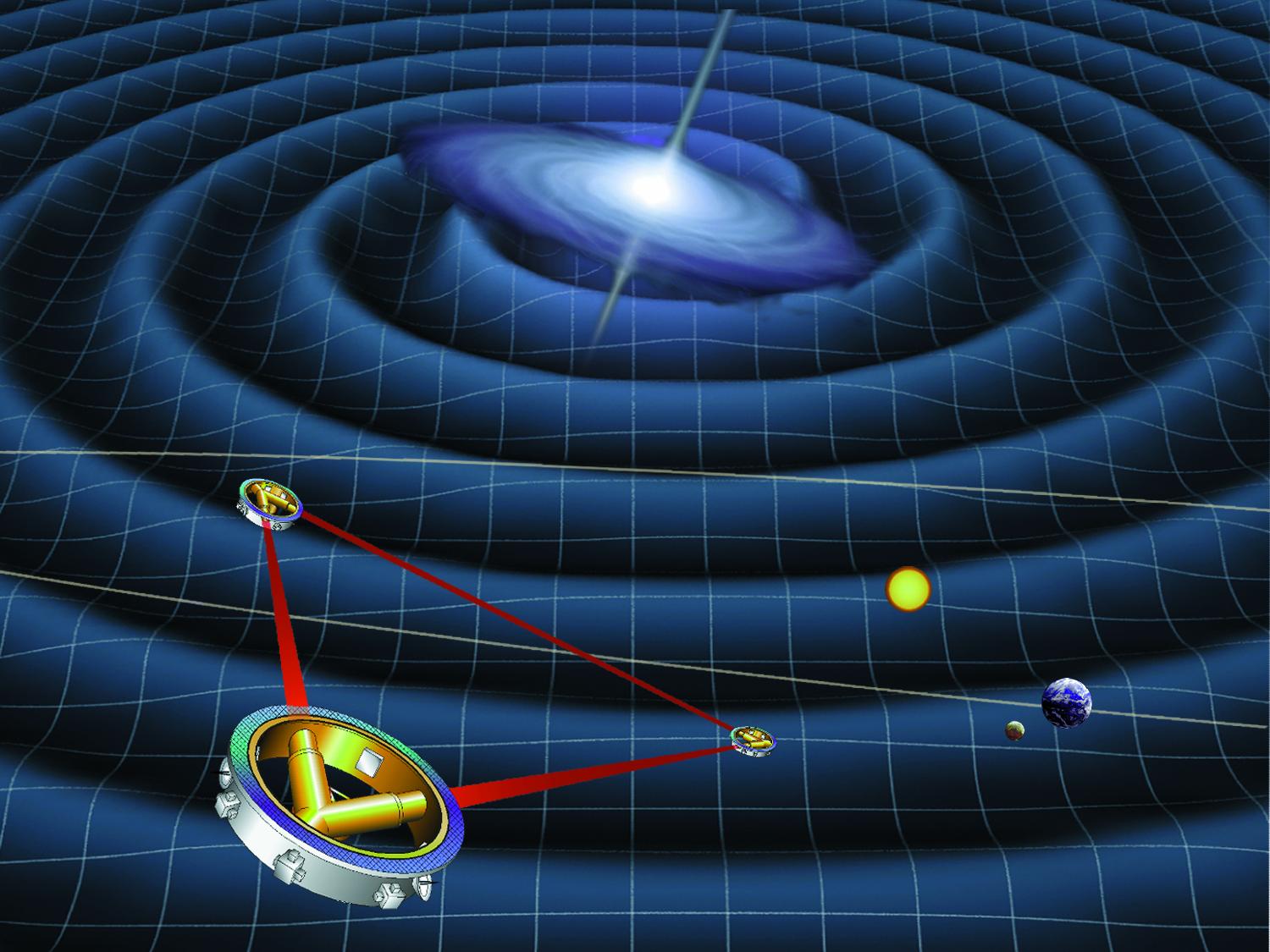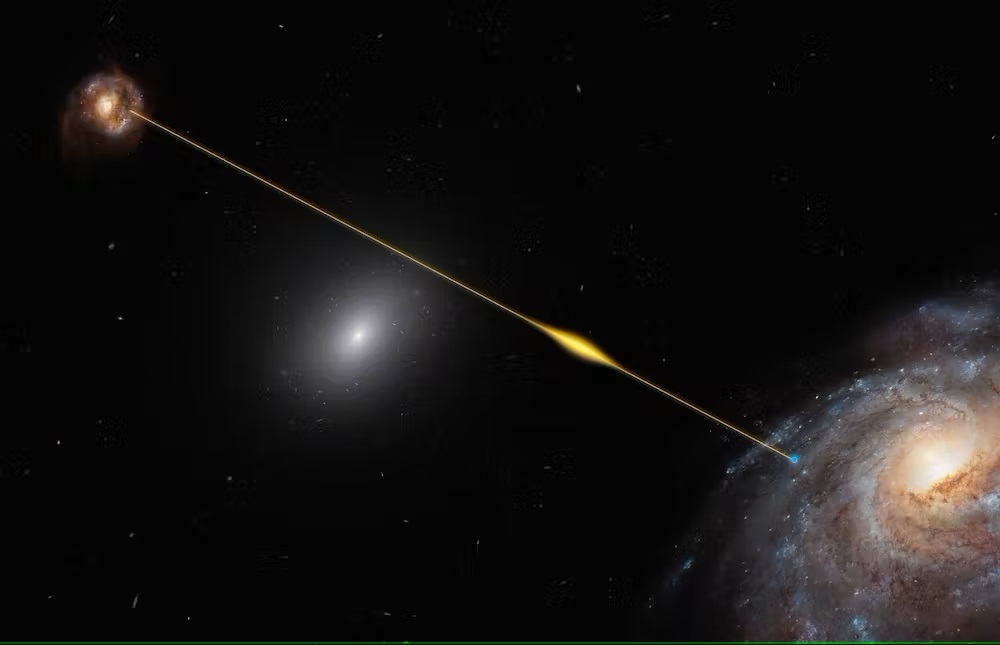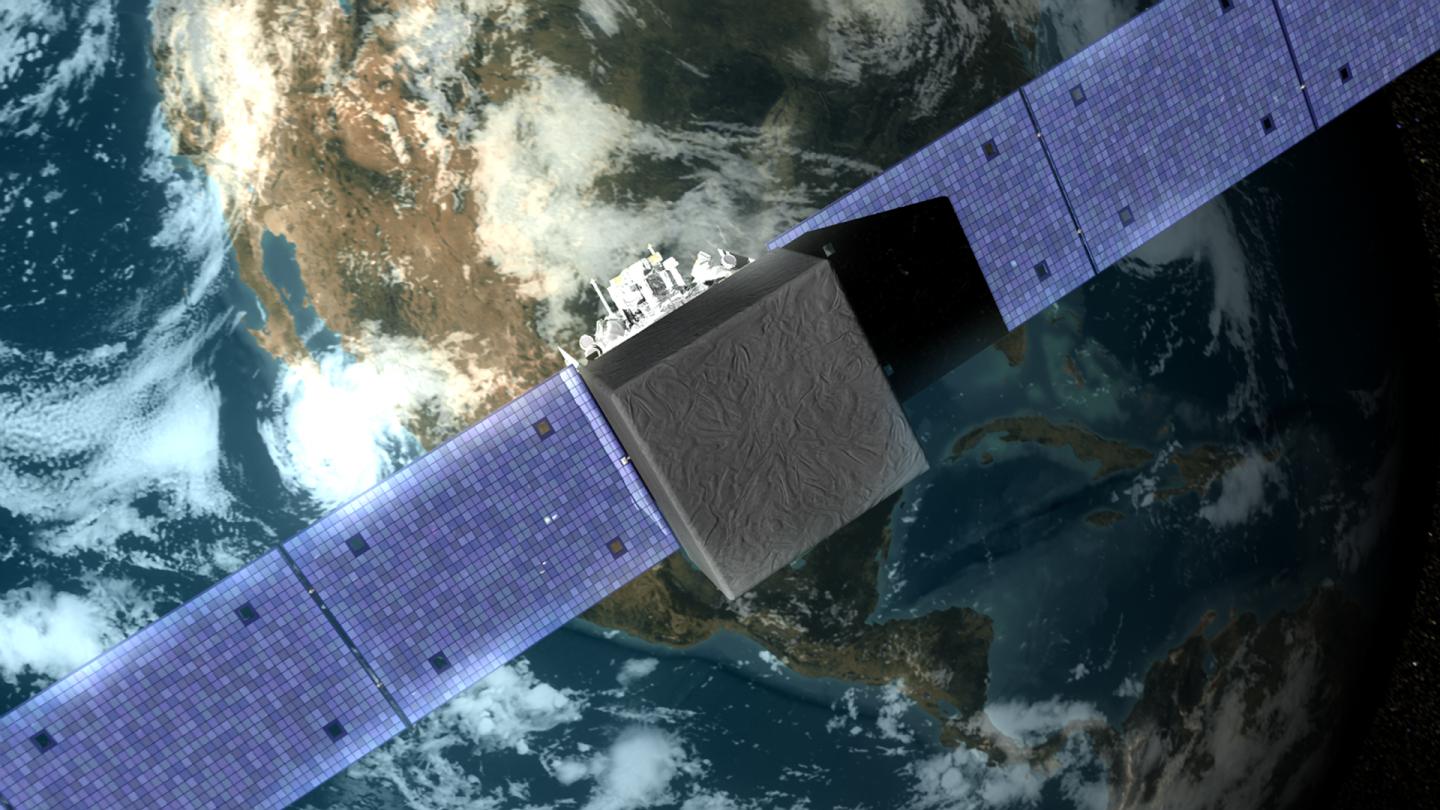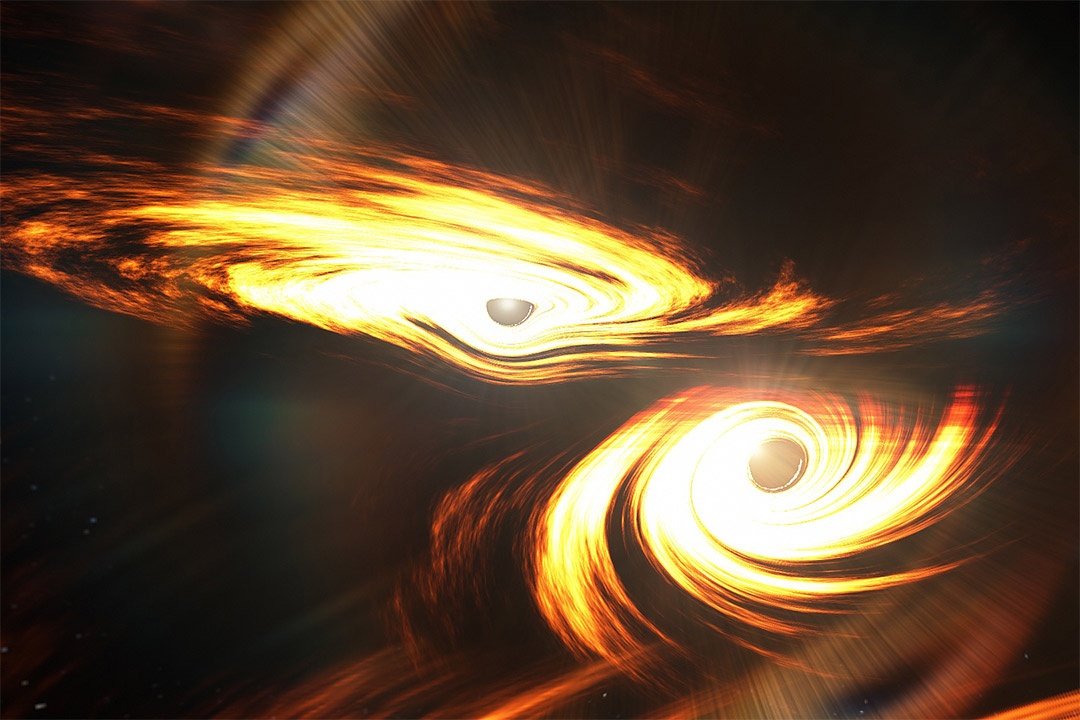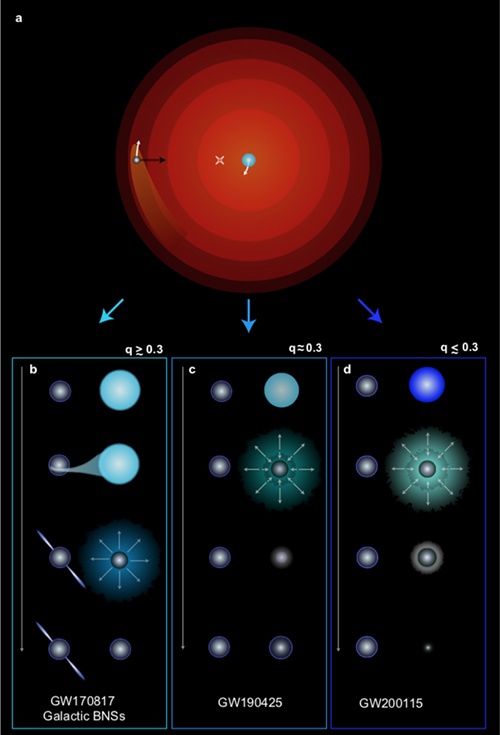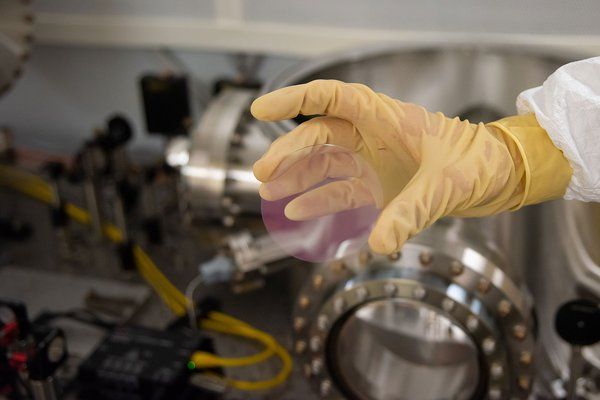Ripples in a pond can be captivating on a nice sunny day as can ripples in the very fabric of space, although the latter are a little harder to observe. Using the highly tuned Gaia probe, a team of astronomers propose that it might just be possible to detect gravitational waves through the disturbance they impart on the movement of asteroids in our Solar System!
Continue reading “For its Next Trick, Gaia Could Help Detect Background Gravitational Waves in the Universe”For its Next Trick, Gaia Could Help Detect Background Gravitational Waves in the Universe



